May. 09, 2023
The clutch is an essential component in a manual transmission car, serving a crucial role in the overall functioning of the vehicle. It allows the driver to smoothly engage and disengage power from the engine to the transmission, enabling gear changes and controlling the transfer of torque to the wheels. The purpose of the clutch is to facilitate efficient and seamless power transmission while providing control and safety.
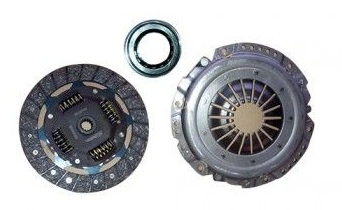
The primary purpose of the clutch is to transfer power from the engine to the transmission system. When the clutch pedal is engaged (pressed down), it disengages the clutch, separating the engine's power from the transmission. This disengagement allows the driver to shift gears or bring the vehicle to a complete stop without stalling the engine.
The clutch enables smooth gear changes by temporarily disconnecting the engine's power from the transmission during shifting. When the clutch pedal is depressed, the clutch disc, which is sandwiched between the engine's flywheel and the transmission's pressure plate, is released. This action disengages the engine from the transmission, allowing the driver to shift gears without causing damage or excessive wear to the transmission components.
The clutch provides the driver with control over power delivery to the wheels. By partially engaging or releasing the clutch pedal, the driver can modulate the transfer of torque from the engine to the transmission. This control allows for smooth acceleration from a standstill, gradual speed changes, and precise control during low-speed maneuvers, such as parking or navigating through traffic.
The clutch facilitates smooth and controlled starting of the vehicle. When the engine is started, the clutch is engaged to connect the engine's power to the transmission. The driver can then release the clutch pedal gradually, allowing power to be transferred smoothly from the engine to the transmission and ultimately to the wheels. This gradual engagement prevents sudden jerks or wheel spin during start-up, ensuring a comfortable and safe driving experience.
The clutch serves as a safety feature in a manual transmission car. In emergency situations, such as a sudden need to stop or avoid a collision, the driver can quickly depress the clutch pedal to disengage the engine from the wheels. This action prevents the engine from stalling or stalling the wheels, allowing the driver to regain control of the vehicle and potentially avoid a dangerous situation.
The clutch acts as a protective mechanism against excessive engine load. In situations where the engine is producing more power than the transmission or the wheels can handle, the clutch will slip. This slippage occurs when the clutch disc, under high torque or load, slips against the flywheel and pressure plate, temporarily disengaging the engine's power from the transmission. The clutch slipping protects the transmission and drivetrain components from damage, preventing potential mechanical failures.
The proper use of the clutch contributes to the longevity and durability of the drivetrain components, including the engine, transmission, and driveline. By using the clutch effectively during gear changes, the wear and tear on these components are reduced. Smooth engagements and disengagements prevent unnecessary stress, excessive heat, and premature wear, ensuring the longevity of the transmission and other related parts.
In conclusion, the clutch in a car plays a fundamental role in power transmission, smooth gear changes, control over power delivery, start-up assistance, safety, overload protection, and the longevity of drivetrain components. It allows for efficient and seamless power transfer from the engine to the transmission, giving the driver control and ensuring a comfortable and safe driving experience. Please contact us for professional help if you need it.
Related News
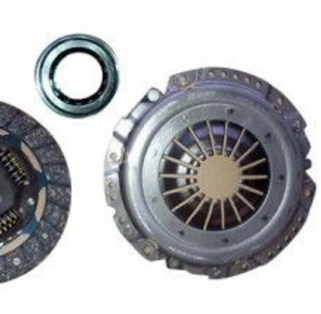
Function and Characteristics of Automotive Clutch
Jun. 28, 2023
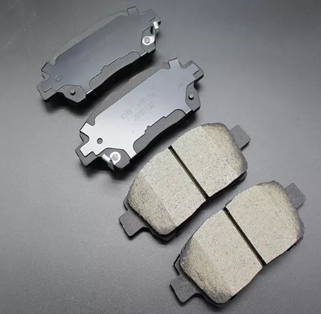
Brake Shoe vs. Brake Pad: What's the Difference?
Jun. 16, 2023
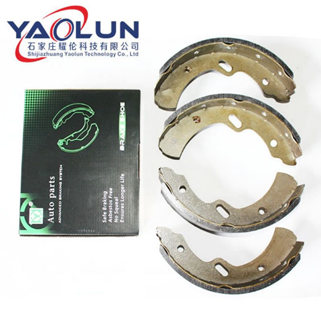
Common Signs of Worn-out Brake Shoe
May. 26, 2023
Product Categories
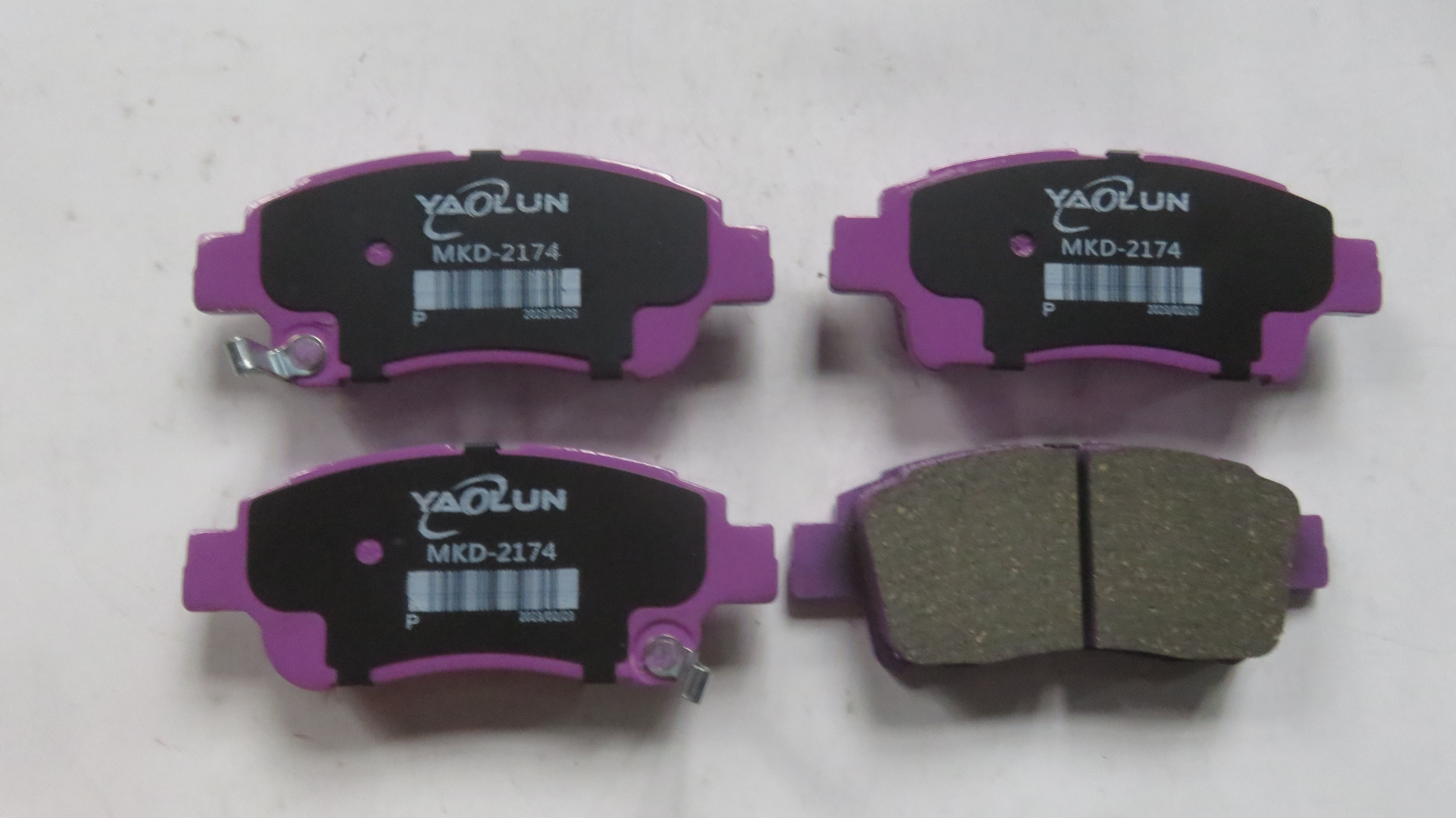
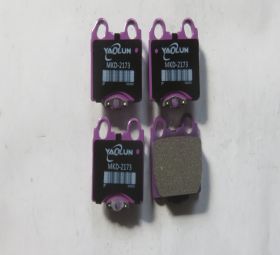
Brake Pads MKD2173 LEXUS,TOYOTA GS,IS,SC,Crown,Majesta, Royal 1jz ,2jz,1G 1997-2011 REAR
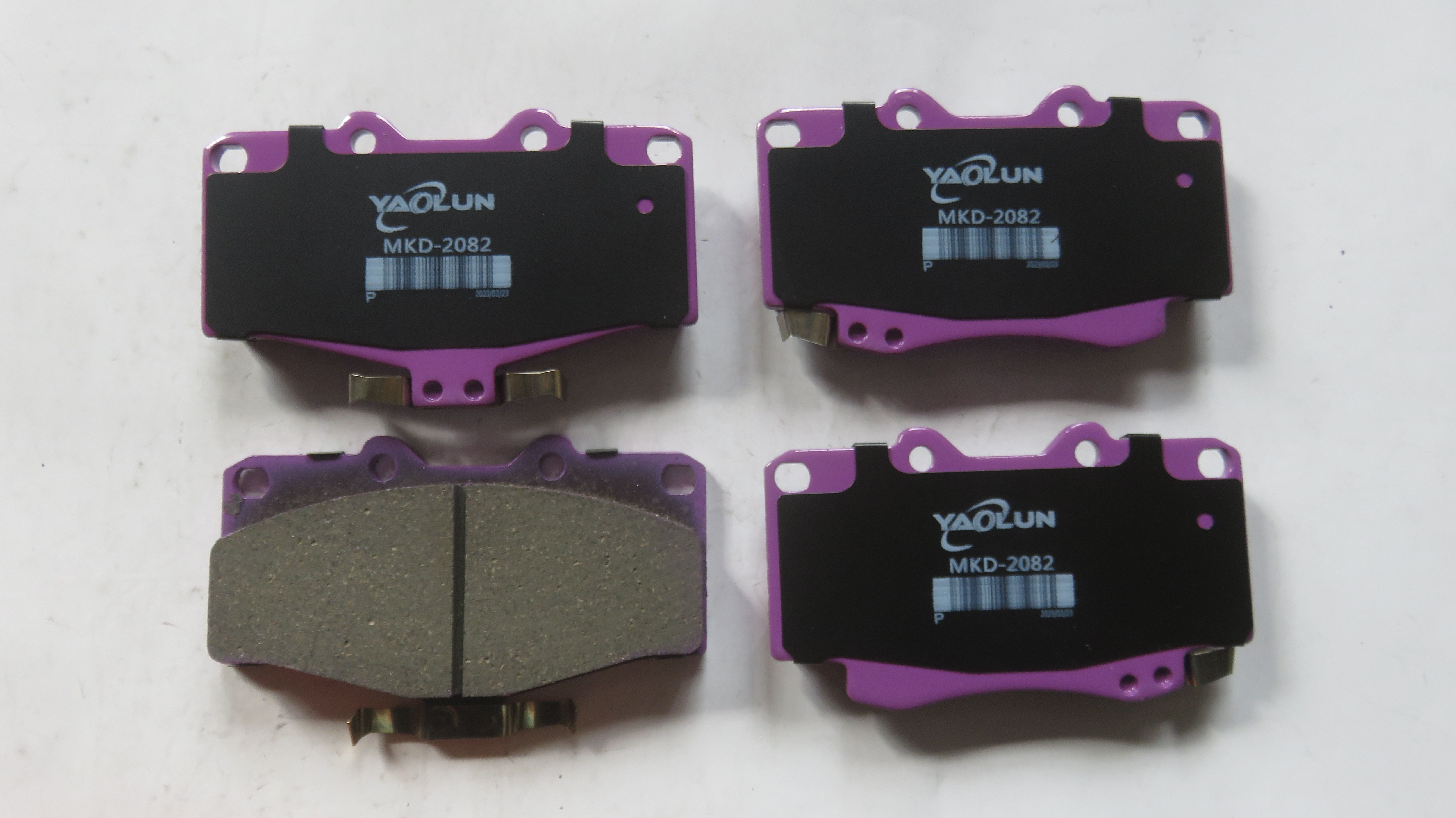
Brake pads MKD2082 TOYOTA L/C 1990-1998 Lexus LX450 1996-1997 FRONT
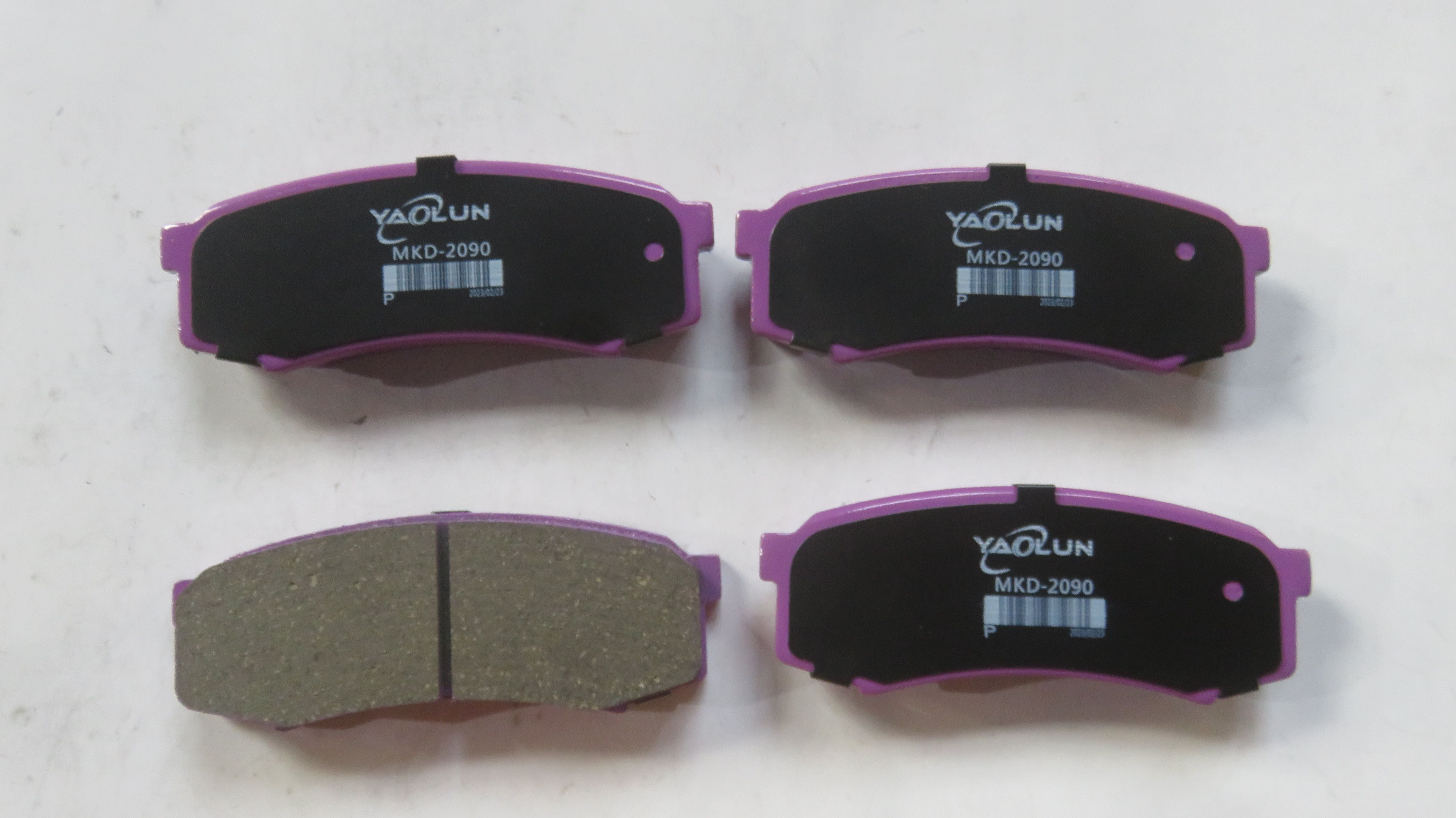
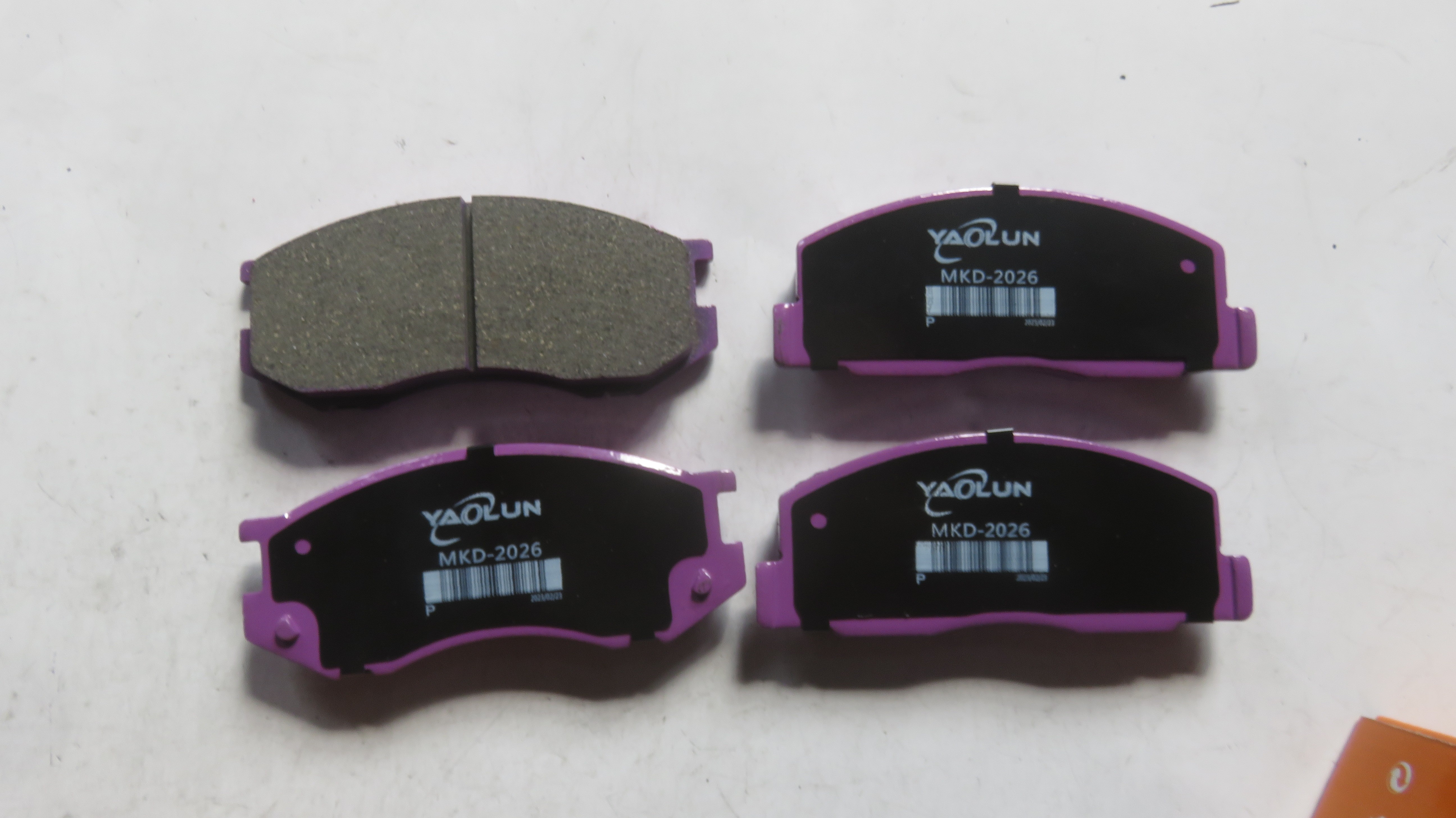
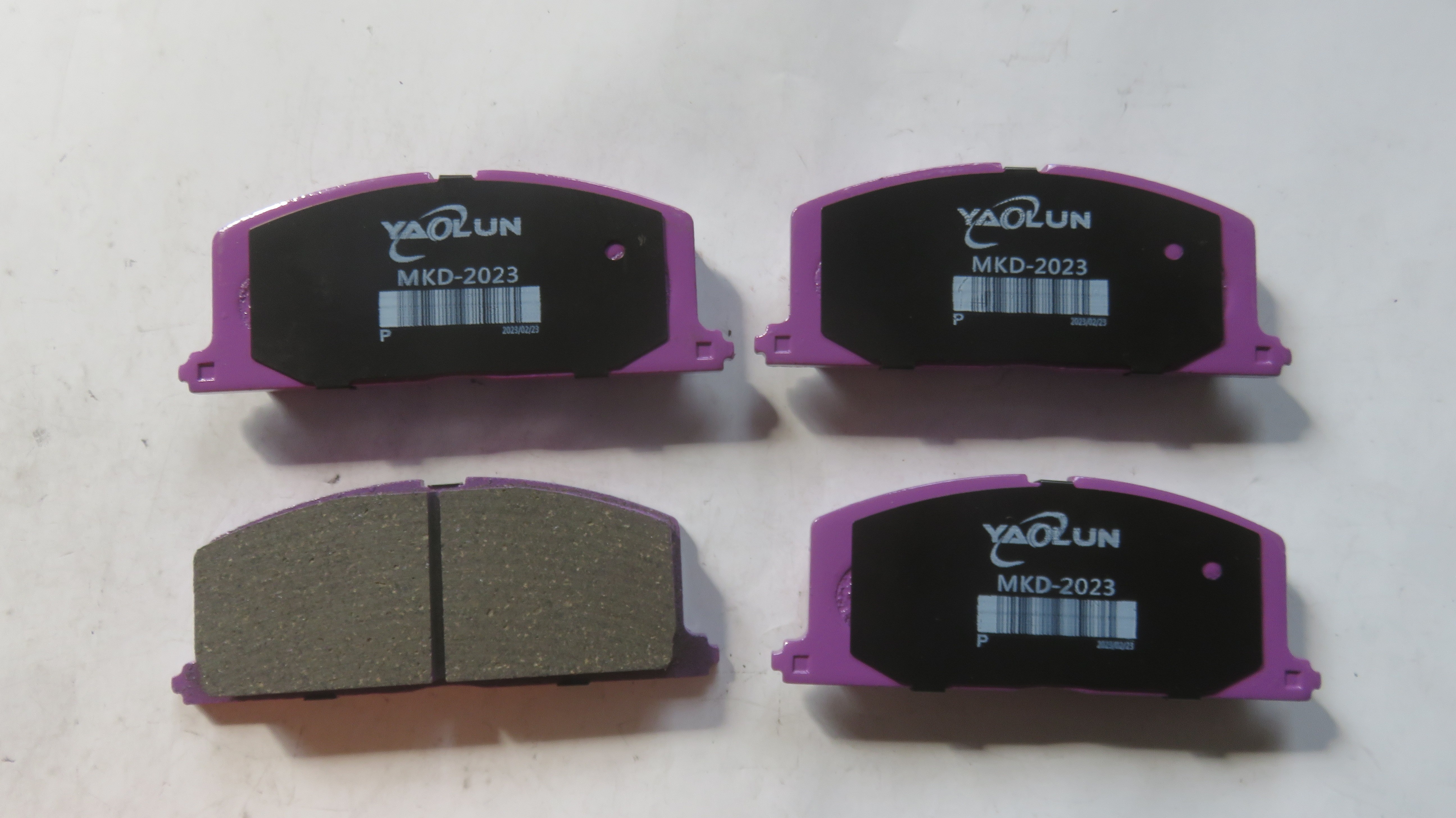
Brake pads MKD2023 Toyota AE90/100/110 Caldina,Carina,Corolla,corona front 1998-2002
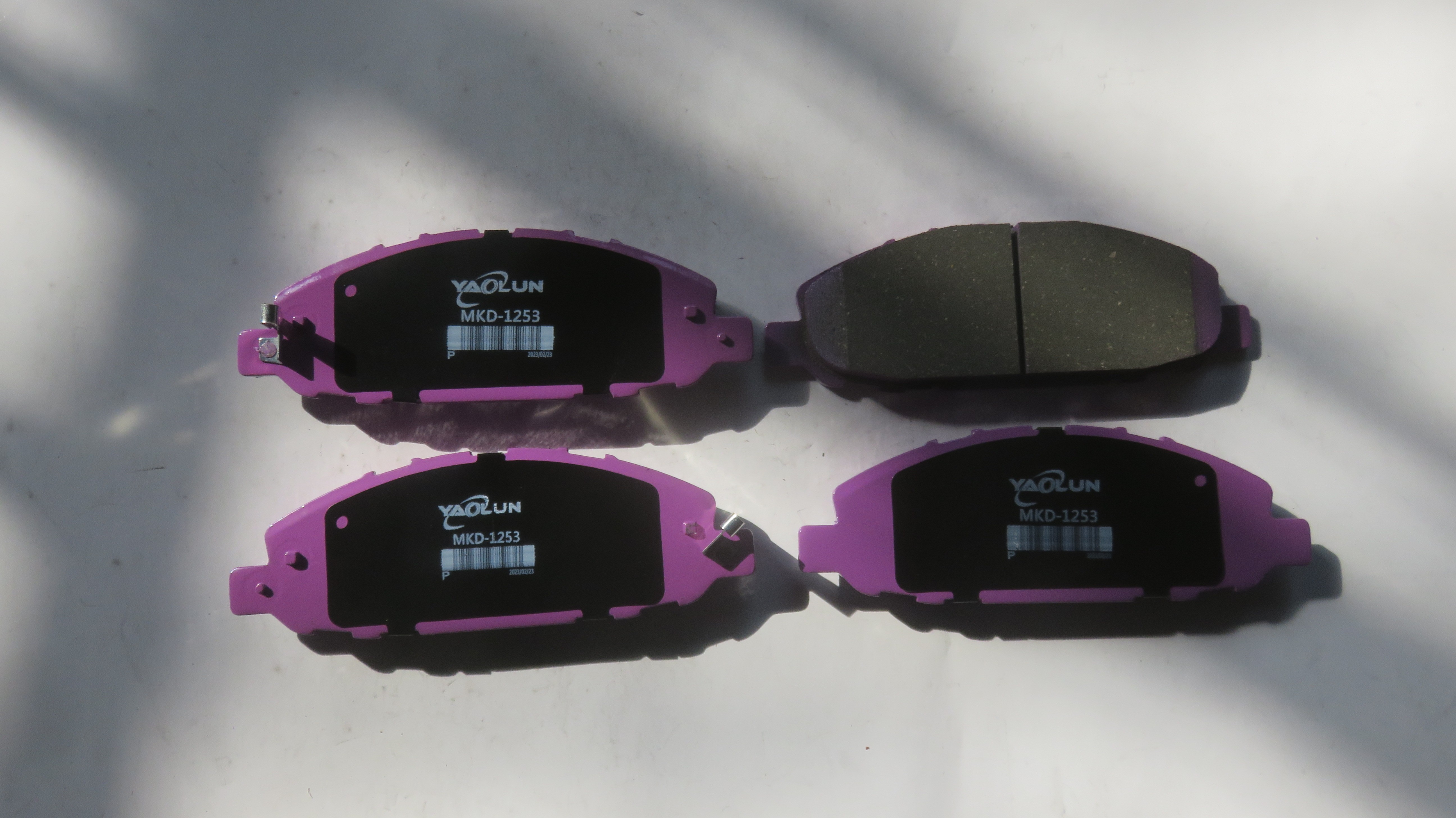
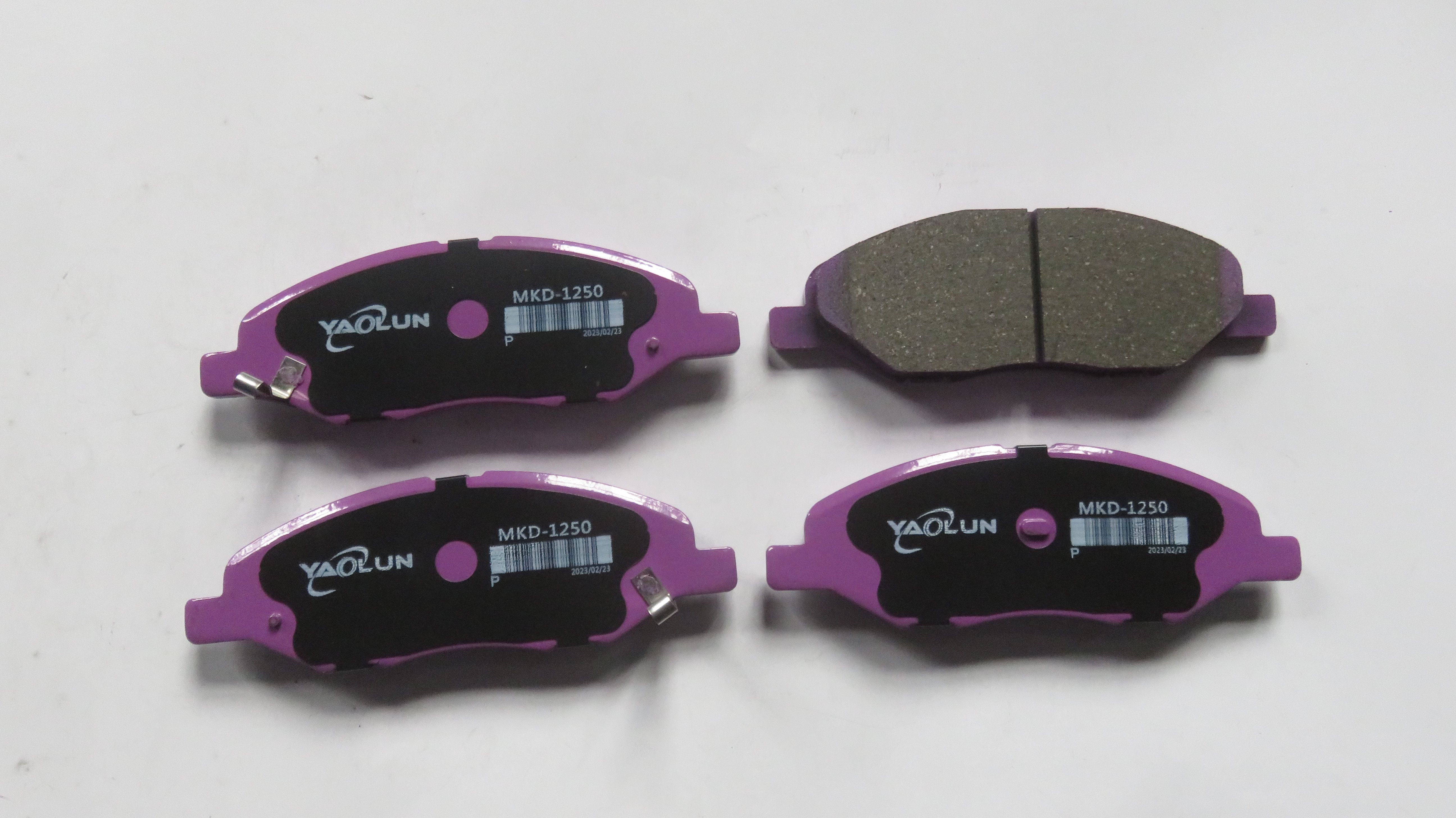
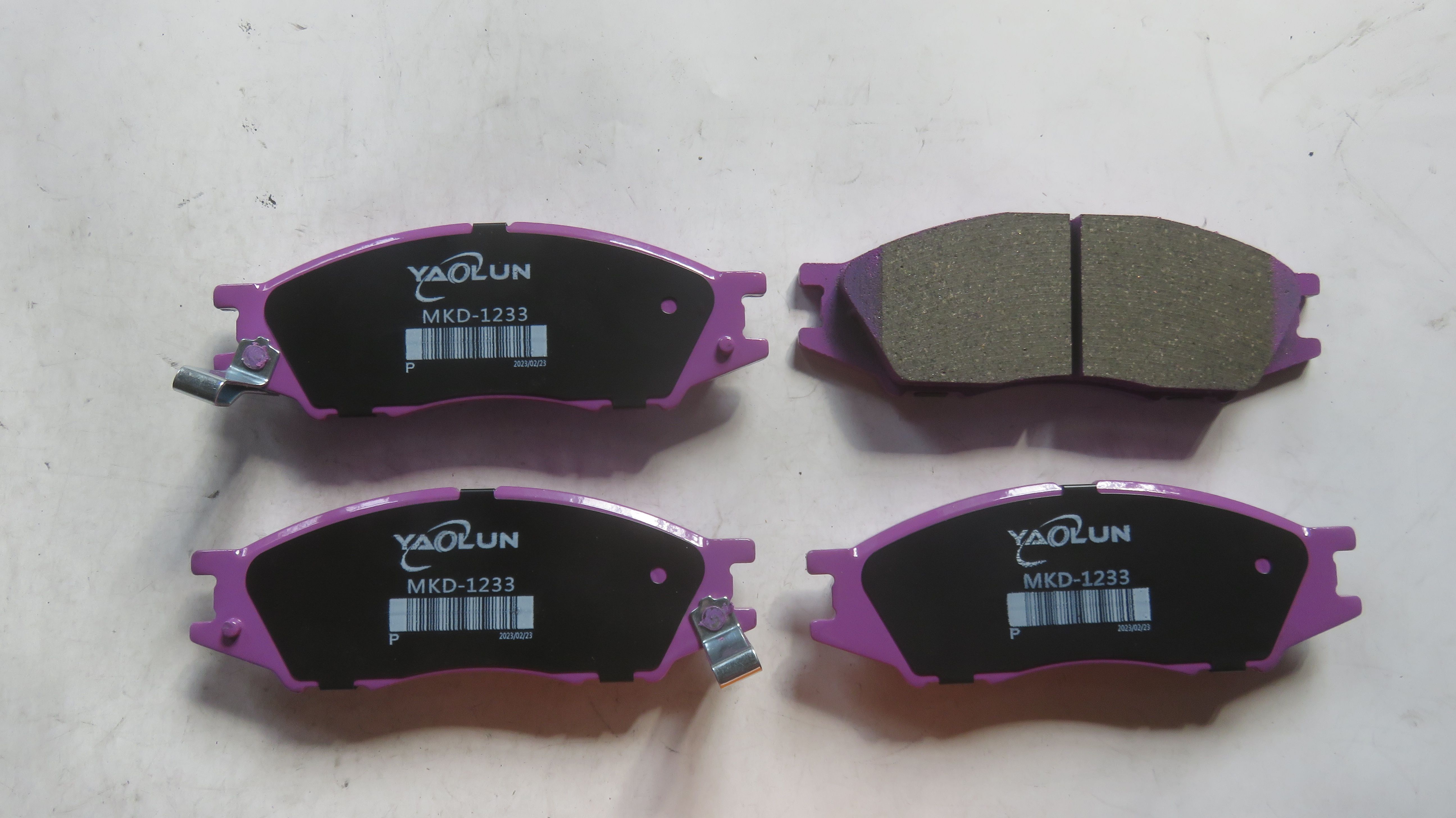
Brake pads MKD1233 NISSAN Almera II CC 1.5,1.8,2.2 2002 Front
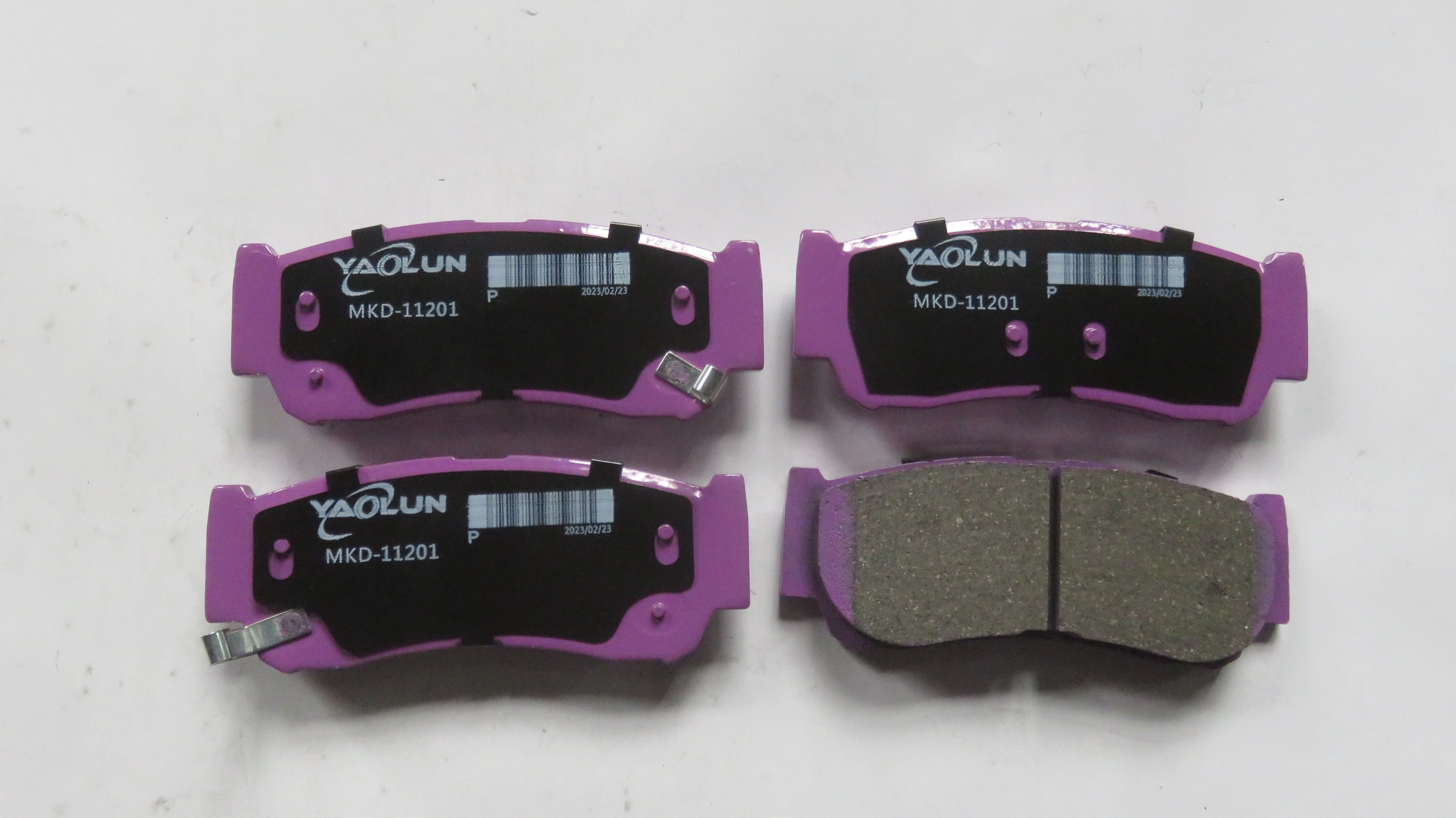
Brake Pads MKD-11201 HYUNDAI SANTA FE CC 2.2,2.7(HUATAI)front
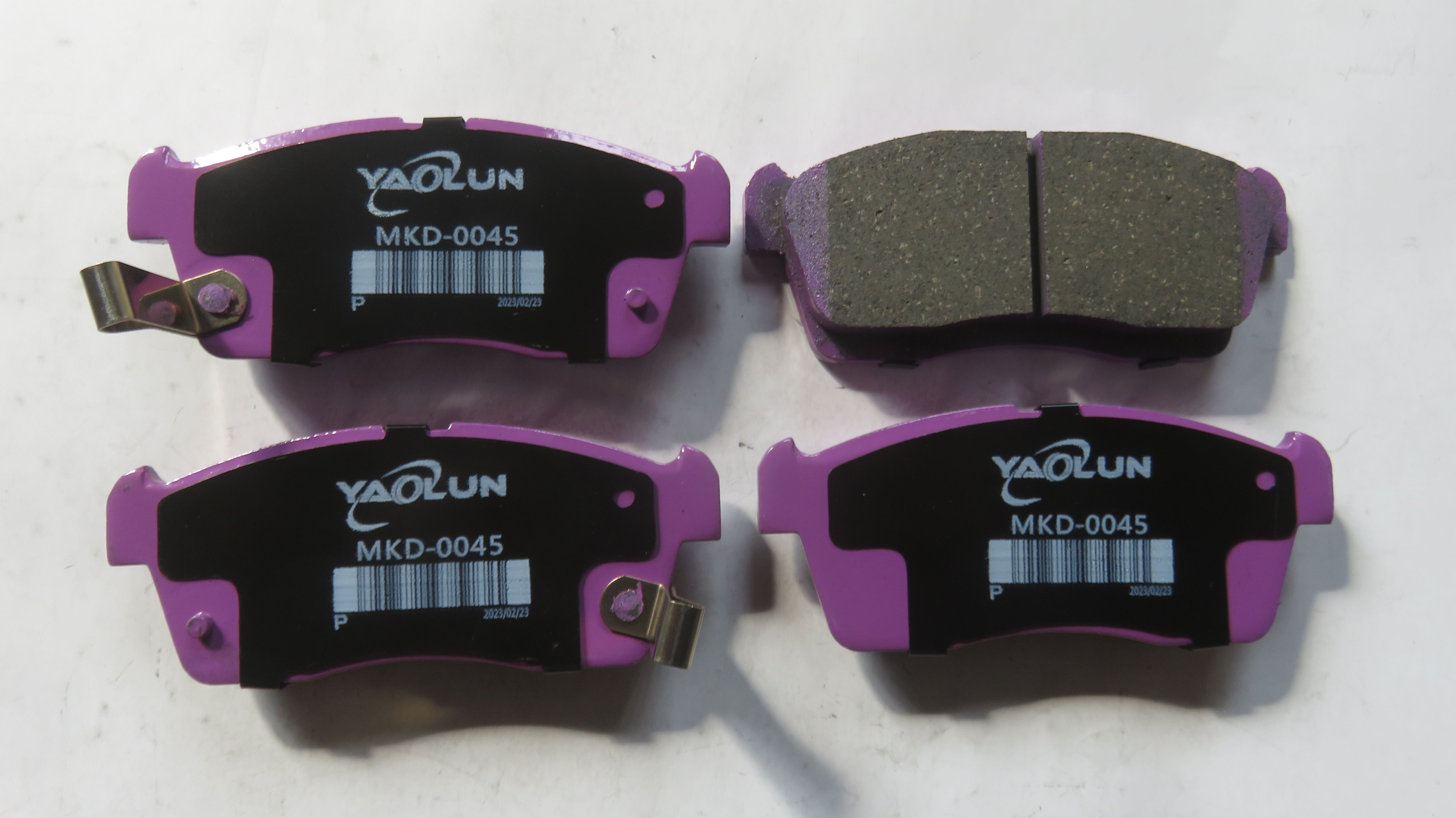
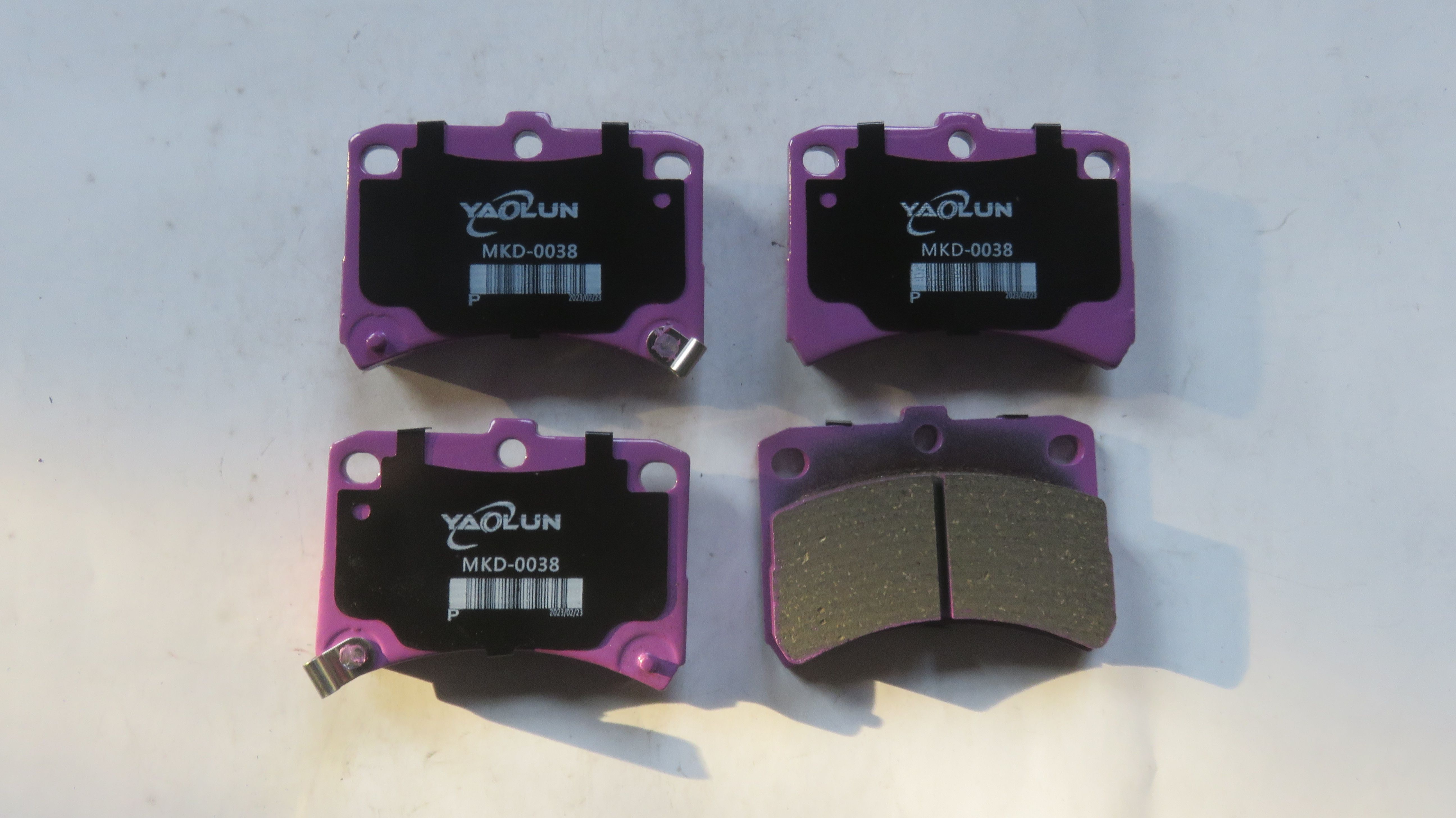
Brake pads MKD-0038 DAIHTSU Cuore VI(L7),Hijet, PERODUA,1998-2003
Navigation
>> E-mail: yaolun002@yaolunautoparts.com
>> Mob.: +86 13091010404
Subscribe To Our Newsletter
Stay in touch with us to get latest news and discount coupons
